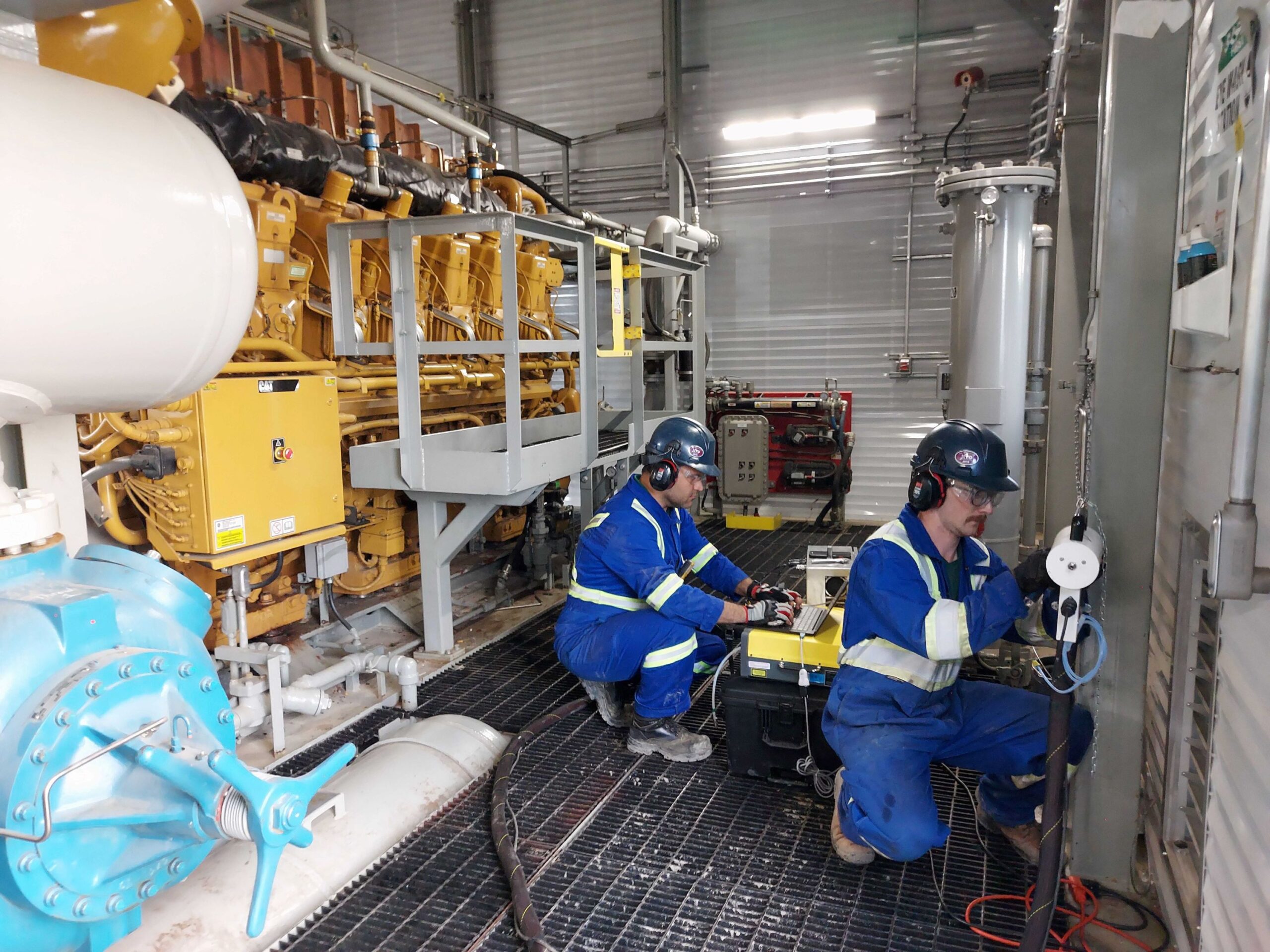
In summer 2023, as part of a large-scale emissions measurement campaign in British Columbia (BC) in collaboration with the British Columbia Government and United Nations Environmental Programme’s International Methane Emissions Observatory (UNEP IMEO), EERL researchers Simon Festa-Bianchet and Milad Mohammadikharkeshi completed comprehensive direct ground-based methane measurements.
This targeted campaign included on-site measurements of methane slip in combustion exhausts from 38 natural gas-fired catalytic heaters (Cata-DyneTM) at 7 upstream oil and gas facilities (5 unique operators) in northeastern British Columbia, Canada. Notably, the acquired data for catalytic heaters are the first known direct measurements under field conditions. Preliminary results of this work were initially shared at the 2023 American Geophysical Union (AGU) conference in San Francisco and have been now published in Environmental Science & Technology Letters. The data suggest that catalytic heaters have mean carbon conversion efficiencies of only 68% in practice. Although individual units are generally small methane sources, count data from a comprehensive ground survey of 407 sites suggests that these heaters may contribute an additional 6% to total upstream methane emissions in BC, and as an aggregate methane source could be 5× more significant than abandoned wells.
Notably, due to the seasonal use of these catalytic heaters, their emissions would be missed in measurement campaigns occurring solely in summer months. However, additional measurements demonstrate that, where feasible, methane emissions can be reduced by approximately 425× by replacing catalytic heaters with centralized heat systems.
Successful reduction of oil and gas sector methane emissions to meet near-zero intensity targets requires the identification and mitigation of all possible sources. This study demonstrated that catalytic heaters are an important source of emissions, which is a major finding given that they have not been specifically targeted in recently proposed federal regulations and mitigation efforts despite being ubiquitous at upstream production sites in cold climate regions.
Read full publication below: